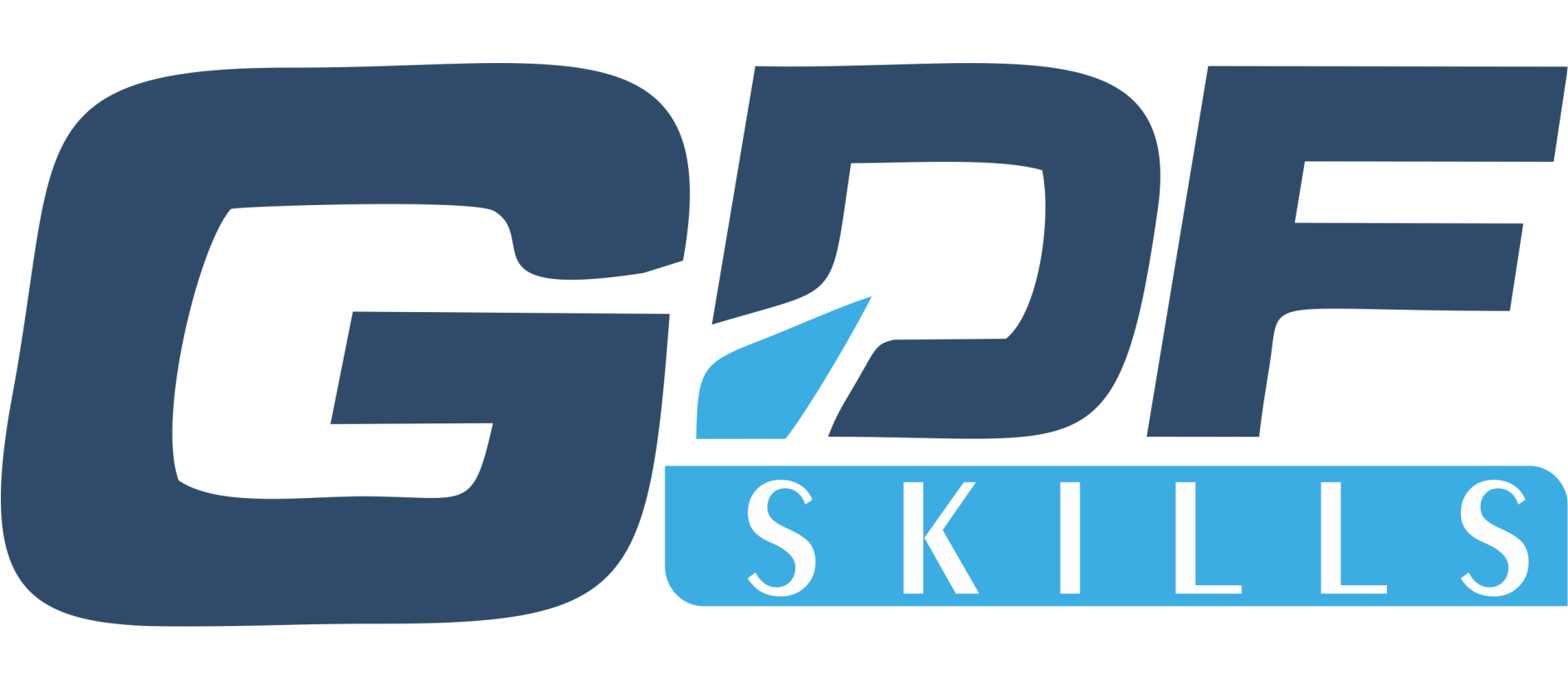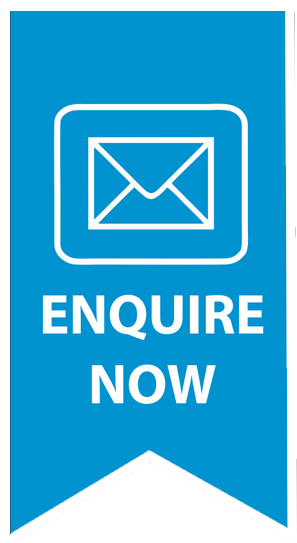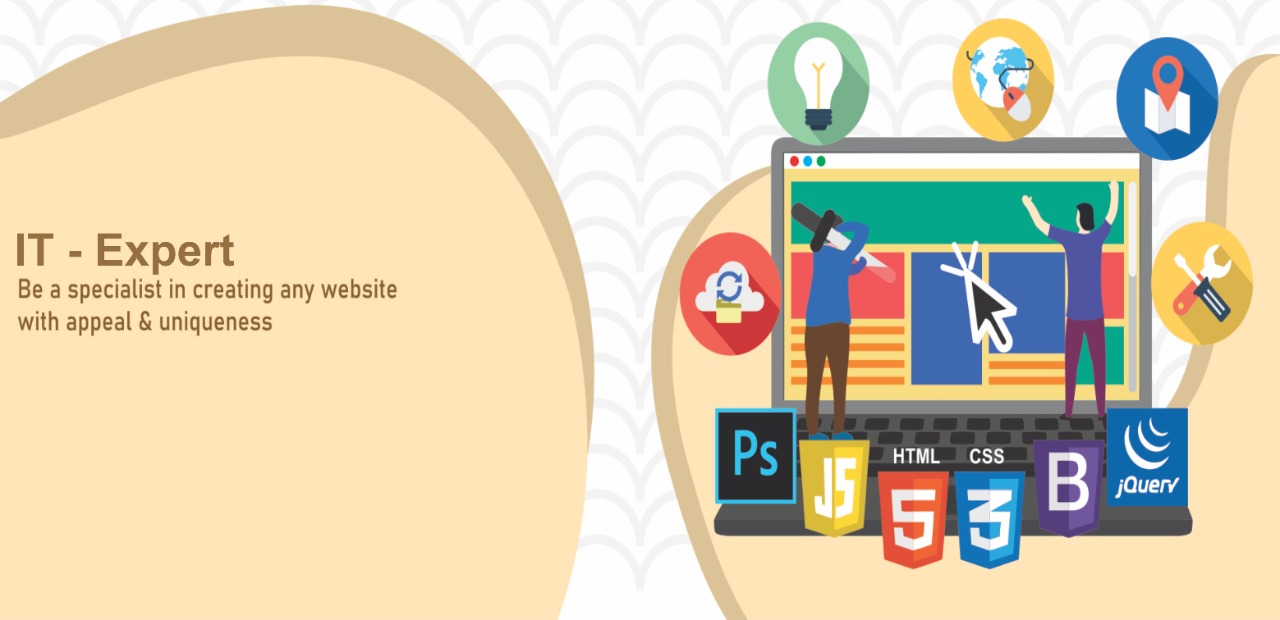
- Contants
- Gallery
- Our Organization
- Feed back form
- Blogs
- Social Media




Becoming a Professional IT Expert involves mastering a
spectrum of technologies, including HTML5, CSS3, JavaScript, PHP, MySQL, AngularJS, NodeJS,
Bootstrap, WordPress, MongoDB, ExpressJS, Laravel, jQuery, Ajax, CAKE Framework, and Python web
development. Full-stack web development, currently a highly coveted job profile, empowers businesses
to effortlessly create intricate web applications, offering benefits such as seamless transitions,
cost savings, and easy upgrades.
In response to this demand, diverse IT Expert Training Courses are available in strategic locations
like Delhi, Uttam Nagar, East Azad Nagar, Durgapuri, Kalkaji, Badarpur, Pitampura, Jaipur, Agra,
Kanpur, Bhopal. Among the notable providers is GDF Skills, a unit of Gayatri Devi Solution LLP,
recognized as the Best Web Developer Training Institute. Here, you gain access to highly reliable
and experienced training, acquiring rigorous Full Stack & Main Stack knowledge.
Upon completing the Professional IT Expert Course at GDF Skills, you'll adeptly handle front-end to
back-end operations of application development. This includes designing and hosting networks and
environments, developing user interfaces, enhancing user experiences, and actively contributing to
boosting client business productivity.
In today's competitive market, having programming language knowledge alone isn't enough. Therefore,
consider enrolling in our SEO-friendly Professional IT Expert Training Course in Delhi, Uttam Nagar,
East Azad Nagar, Durgapuri, Kalkaji, Badarpur, Pitampura, Jaipur, Agra, Kanpur, Bhopal, provided by
GDF Skills (a unit of Gayatri Devi Solution LLP). Navigate your career path with a focus on
professionalism and join the best Professional IT Institute in Delhi for an enriching learning
experience.
GDF Skills' IT Expert Certificate will take you on a revolutionary experience. Develop the skills necessary to flourish in the IT Expert era and establish yourself as a leader in the competitive field of IT Expert. Join us to become a certified IT Expert professional!
ELIGIBILITY:
Graduation/DBA/
Diploma/
Equivalent/10+2
COURSE FEE:
Rs 20k
COURSE PLACEMENT:
WHY TO CHOISE US: